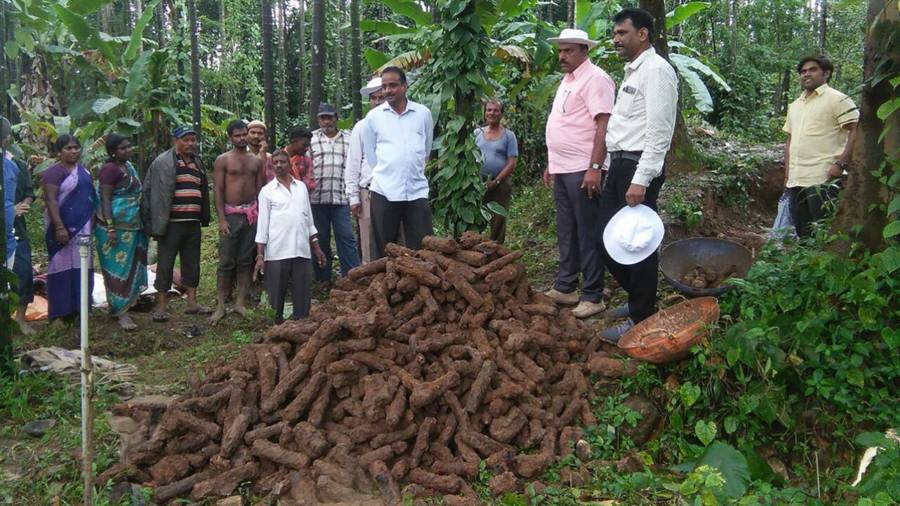Imagine stumbling upon an ancient relic that once echoed across battlefields centuries ago. That’s exactly what happened in Karnataka, India, when over 1,000 unexploded rockets, dating back to the 18th century, were unearthed from an abandoned well at Nagara Fort. This incredible discovery isn’t just another archaeological find — it’s a window into the world of Tipu Sultan, a warrior king who once fiercely fought the British East India Company.
Thank you for reading this post, don’t forget to subscribe!During renovation work at the fort, workers noticed something unusual — the unmistakable smell of gunpowder lingering in the air. Curious and cautious, archaeologists dug further, and over three days, they uncovered a stash of corroded iron rockets. These weren’t just any weapons; they were Mysorean rockets, a revolutionary technology at the time, used extensively by Tipu Sultan and his father, Hyder Ali, to fend off the British in their quest for dominance.
The Power of the Mysorean Rockets
These rockets, ranging between 12 and 14 inches long, were game-changers in 18th-century warfare. Tipu Sultan’s army used them with deadly precision, launching them at British forces during battles and even ceremonies. They were filled with explosive compounds like potassium nitrate, charcoal, and magnesium powder, giving them their fiery power. Tipu’s military prowess and technological innovation even influenced British rocketry, as these Mysorean rockets became the blueprint for the famous Congreve rockets used in the Napoleonic Wars.
Historians have long marveled at the effectiveness of these rockets. British soldiers were stunned by their accuracy and the sheer number of them deployed in battle. The British eventually captured this technology, forever changing the future of warfare.
A Discovery With Global Significance
Finding this cache of rockets adds yet another fascinating chapter to Tipu Sultan’s legacy. Not only do they offer insight into his military strategy, but they also highlight India’s pivotal role in the evolution of warfare technology. These artifacts will now be preserved and displayed in museums, giving people a tangible connection to this rich history.
The discovery also shows just how advanced Tipu Sultan’s forces were compared to the British at the time. With iron-cased rockets, a stronghold like Nagara Fort was well-prepared for battle. This latest find sparks renewed interest in how these rockets were produced and stored. Archaeologists even found some equipment that was likely used to assemble these weapons, offering further clues about the sophisticated production techniques of the time.
Tipu Sultan’s defiance against the British remains legendary in India, and his military innovations continue to fascinate historians and researchers around the world. The rockets, with their menacing size and explosive potential, paint a vivid picture of the fierce resistance he led until his death in 1799 during the Fourth Anglo-Mysore War.
Uncovering More of Tipu’s Legacy
This isn’t the first time Tipu Sultan’s forgotten weaponry has resurfaced, but it might be one of the most exciting discoveries yet. The rockets found at Nagara Fort shed light on the larger picture of Mysore’s resistance against colonial forces and its technological innovations. As more artifacts are discovered, the legacy of Tipu Sultan continues to grow, reminding us that history still holds many untold stories.
The significance of this find goes beyond local history; it connects directly to global events. Tipu Sultan’s rockets inspired military advancements far beyond the Indian subcontinent, influencing the British, and by extension, European military tactics. Who would have thought that an ancient, crumbling well in southern India could hold such a monumental secret?
With this new discovery, we are reminded that history is still being written — or rather, unearthed. The forgotten rockets of Tipu Sultan now stand as a testament to his ingenuity, resilience, and the lasting impact of his defiance against imperial power.

